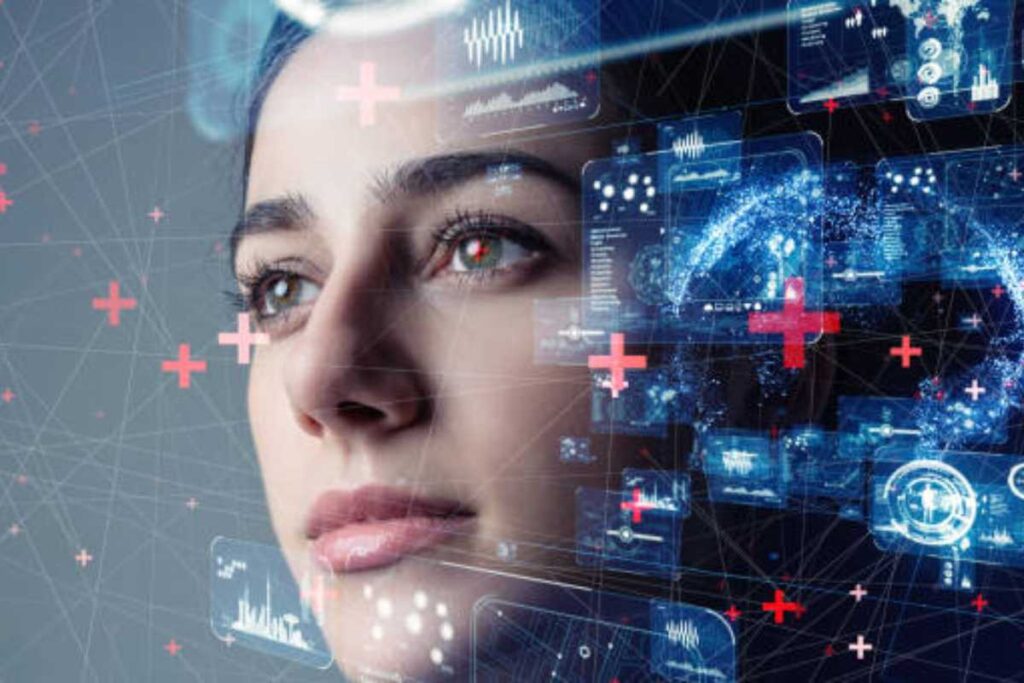At a time when digital security is the key concern, the old-time password systems are being quickly substituted by biometric ones. The biometric technology that is the most secure and accurate compared to the others, such as fingerprint technology, facial recognition, and voice authentication, is the iris recognition. Based on the specialty of the human eye, the technology is also popularly being used in areas like border control, banking, among others.
What is, therefore, so powerful about iris recognition? And how will it engage in the futuristic safe identity management?
So, what is iris recognition?
Iris recognition is a biometric system that identifies individuals using mathematical pattern recognition techniques on the unique patterns in the coloured section of the eye; the iris. The patterns are non-trivial, lasting, and nearly unique, and so they are very suitable to identify a person.The iris does not have the disadvantages of facial recognition, which can be influenced by lighting or a facial angle, or fingerprints, which can be worn away, but instead constitutes a stable and tamper-proof way of identifying someone.
The way the Iris Recognition works
The process normally takes the following steps:
Image Capture: An image of the eye is captured by use of a high-resolution infrared camera.
Segmentation: The software separates the iris from the remaining part of the eye.
Feature Extraction: Distinctive patterns as rings, furrows, and freckles, are encoded into a code in the form of a digit.
Matching: Currently generated code is matched against a database to authenticate by identity.
Infrared light enables the systems to retrieve the iris patterns regardless of low light conditions or contact lenses or spectacles worn by the users.
IRIS Recognition applications
1. National Identity and Border Control
Iris recognition is being used in all parts of the world to control passports and verify national identity. As an example UAE and India have adopted it in their immigration systems and national identity to quicken the processing of documents and limit fraud.
2. Healthcare Access
In iris scanning, hospitals and clinics can use it to make sure they identify the patient correctly, especially in rural or underserved locations where documents are unavailable or unreliable.
3. Financial Services and Banking
Banks are incorporating iris recognition to authenticate their customers at the ATM and other mobile banking applications, reducing the chances of fraud and identity theft.
4. Workplace Access
Corporations are instead of ID cards using iris scanners as the secure key in accessing the building, especially at highly data-sensitive facilities such as research lab and technology companies.
5. Smart Devices
Iris opens and locks apps and smartphones, and tablets: some have added iris recognition to devices to provide a more effective system than facial recognition and fingerprints.
Iris Recognition Benefits
Captures High Accuracy: False match rate of iris recognition is very low-report to be below one in a million.
Speed: The system is capable of comparing and matching the iris data within a matter of seconds, even with a huge database format.
Non-Intrusive: Scans are accomplished remotely, and there is no contact.
Anti Forgery: Because of the complicated iris structure, there is little chance to be forged or having a counterfeit one.
Difficulties and Constraints
Even though it has numerous advantages, iris recognition has several challenges:
Cost: The equipment needed to supply high-resolution imaging and analysis are costly.
Privacy Issues: The issue of privacy is also a concern with iris data, as with any other biometric data.
Environmental Limitation: Despite having superior systems that will not be affected when glasses or low light are present, failures may appear due to poor angles or some form of eye disease.
Data Breaches: In case of biometric data loss, a user cannot replace it and change the data like a password, increasing the importance of cybersecurity.
Iris Recognition Compared with Other Biometric Systems
Although facial recognition is easier to use, it is quite susceptible to spoofing and environmental changes, unlike fingerprints. The fingerprints are widespread but subject to changes with age or injury.
Conversely, the iris recognition is a high-security system with long-term reliability. This is why it is the perfect candidate for identity verification use cases that absolutely cannot fail.
Future of Iris Recognition
International biometrics is expanding fast and it is projected that iris recognition will be among its major attributes. The developments in camera technology, artificial intelligence, and mobile enabling will render these systems cheaper and accessible.
Also, AI will constantly enhance the precision of the recognition algorithms, providing quicker and even more secure verification processes. With the introduction of biometric authentication as the standard, the iris will be one of the greatest steps in ensuring security in the digital and physical environments.
Conclusion
Iris recognition is no longer a peek into the future it has already begun to change our perceptions of identity and security. With its unwavering precision, speed, and resilience, it will seamlessly integrate into the increasingly digital and security-conscious world. With the rise in the adoption level and changing technology, iris recognition will become the gold standard of biometric authentication.




